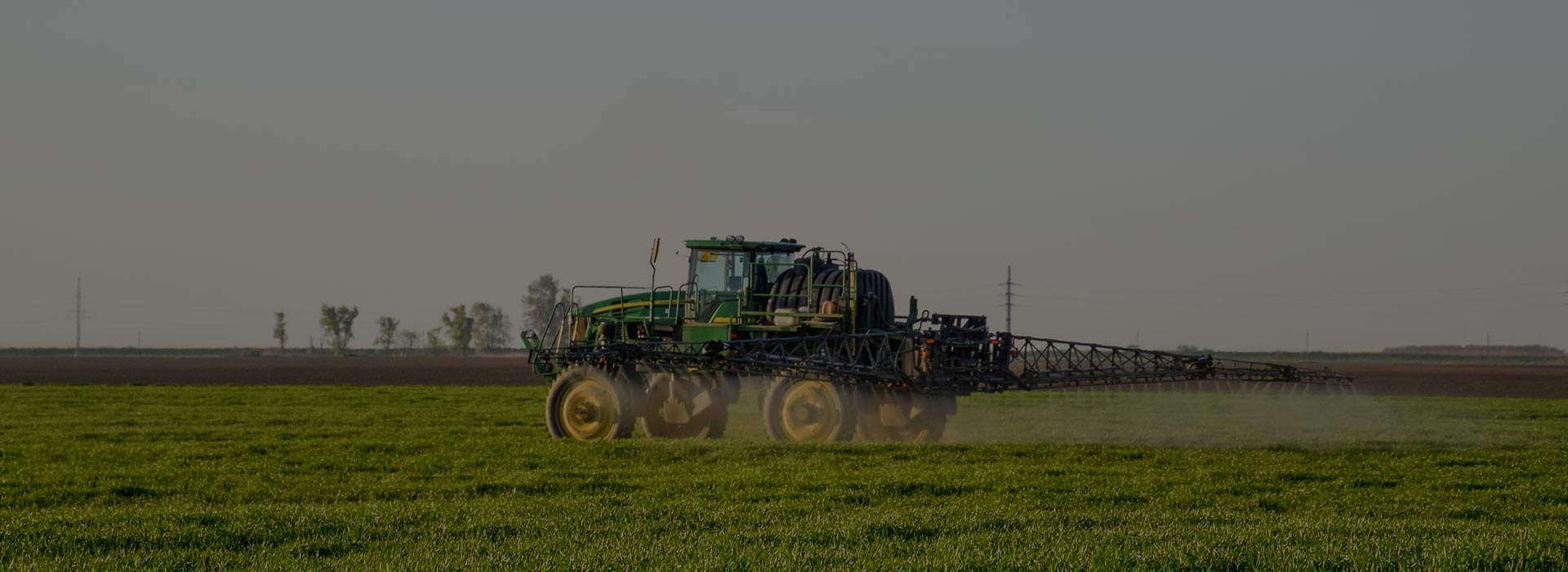Stage 1: Planting
Sugarcane is vegetatively or clonally propagated, in order to ensure consistent cultivar characteristics. Planting is usually the most expensive procedure in the growing season.
Stalk sections, called “billets,” “setts,” or “seed pieces”—containing one or more buds—are usually planted in late summer, rooting and developing into a stand over winter.
During this time, the rooting plants are very vulnerable to rot and predation, and are thus often sprayed with insecticide and fungicide before being placed in the seedbed.
Stage 2: Growing
Sugarcane can take between 9-24 months to harvest, depending on the climate. There is one harvest of the primary crop, and then 3-4 harvests of the “ratoon”, or regrowth.
In areas with less than 1500 millimeters meters of annual rainfall, the crop requires drip irrigation.
Stage 3: Ripening
Ripening lasts for about three months, in which time the stalk dries out and accelerates the synthesis and storage of sugar. Simple sugars like fructose are converted into sucrose during ripening.
Stage 4: Harvest
A cane harvester is used to cut down the full stalks, and cut them into smaller sections (around 30 cm). The harvester is trailed by a cane haul out, which collects the billets.



























































